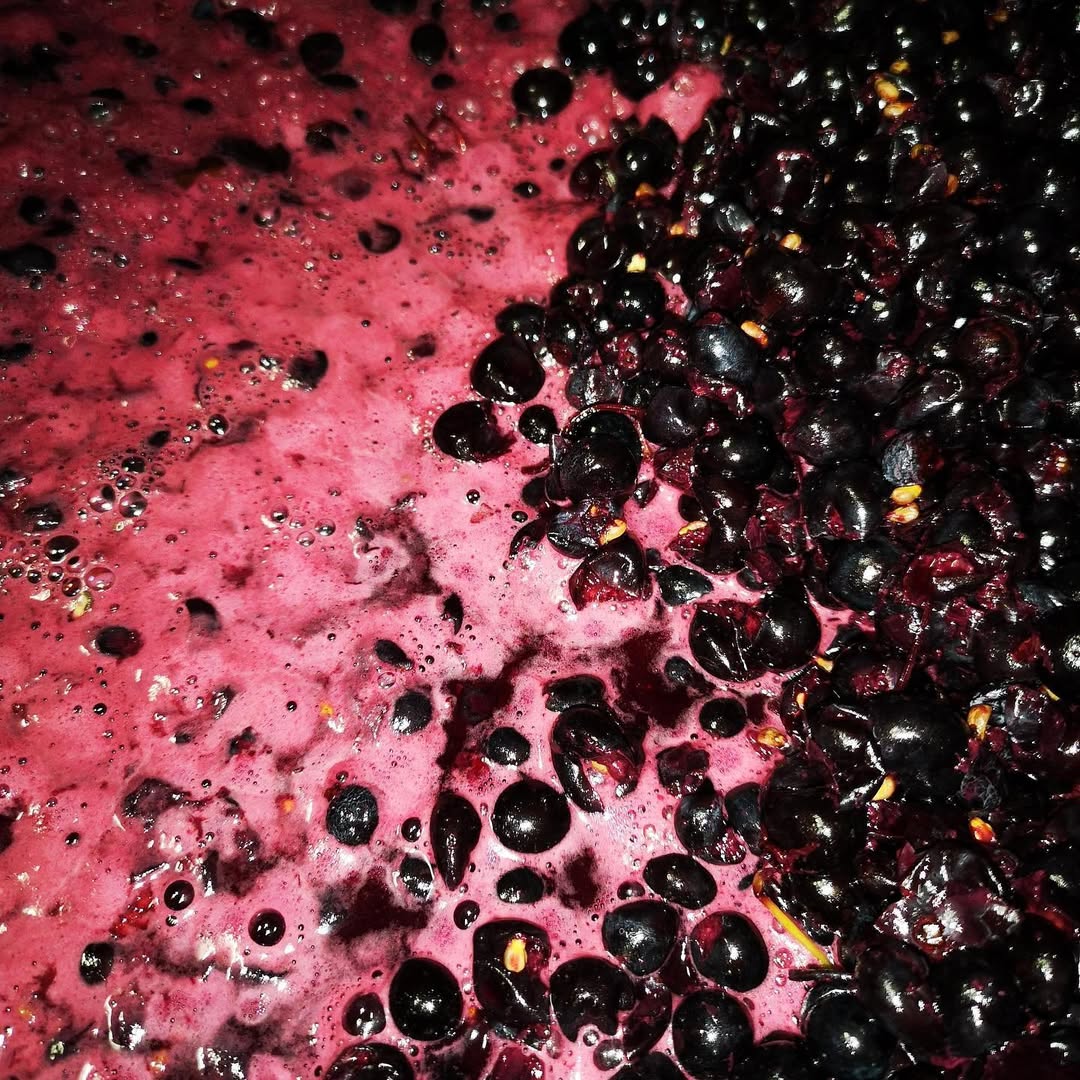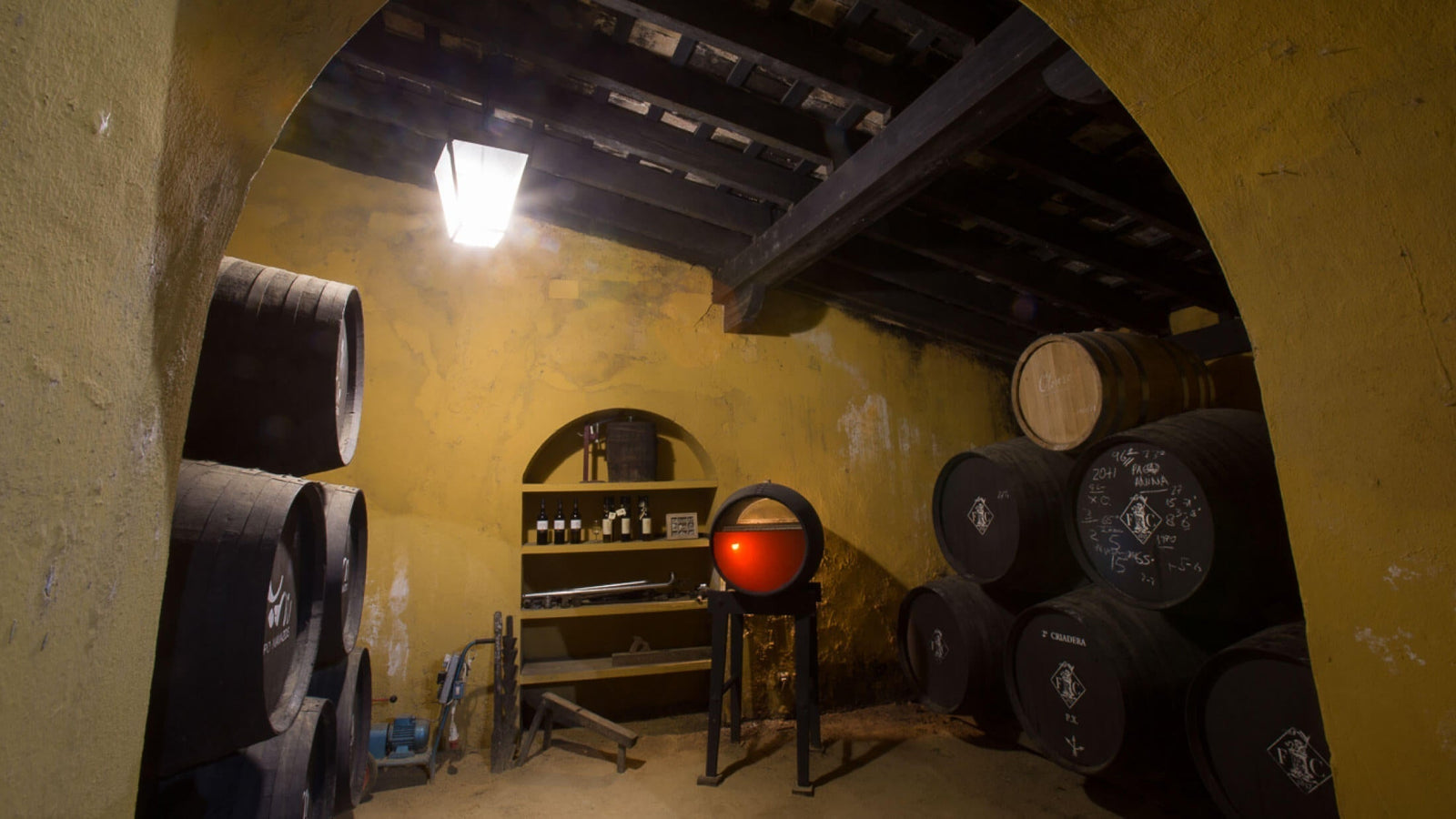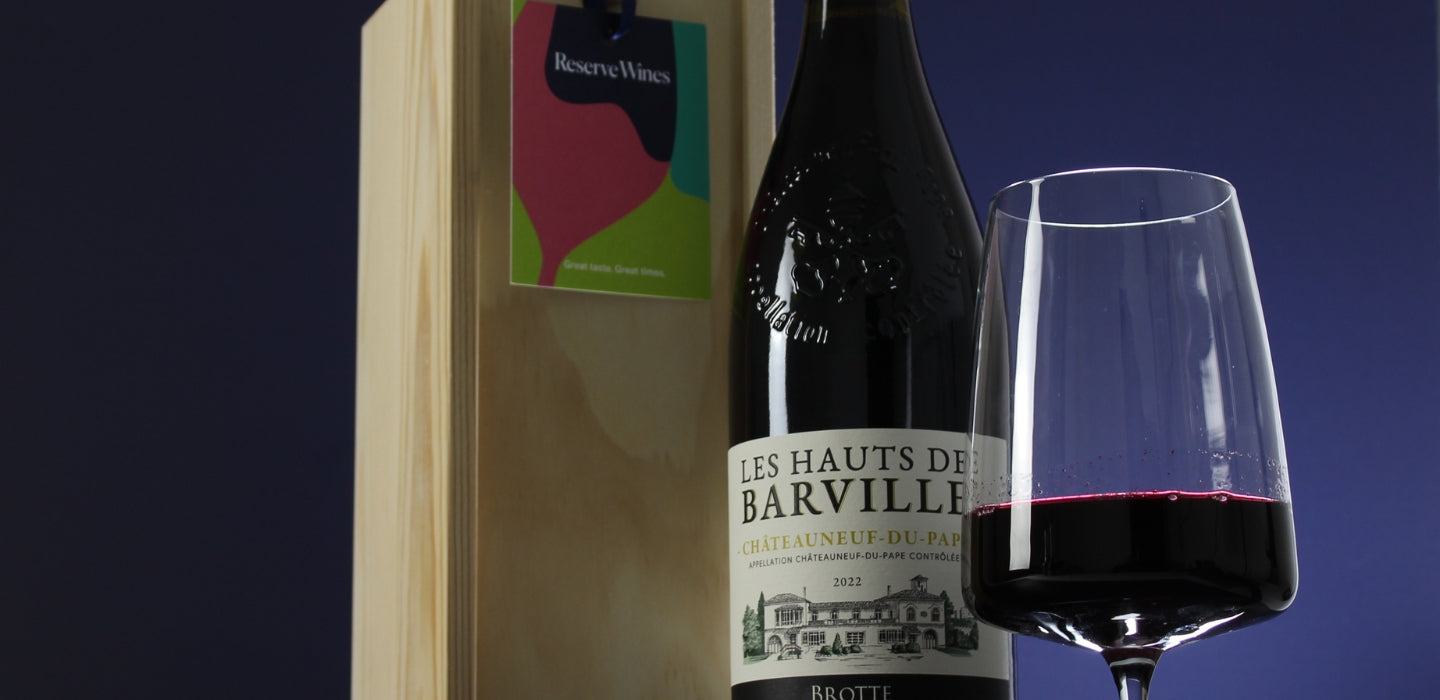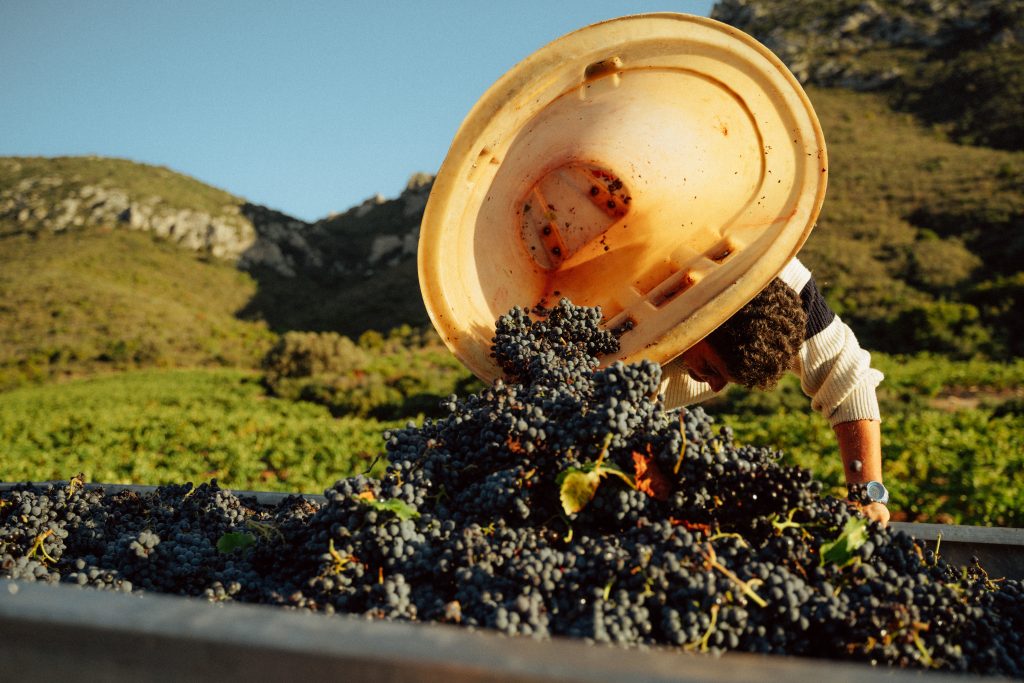From Grapes to Glass: How Different Wine Styles Are Fermented
When you pour yourself a glass of wine, it’s easy to forget that the flavours, aromas and textures in the glass all come down to one magical process: fermentation. This is when yeast transforms grape juice into wine, unlocking the alcohol, bubbles, aromas and structure we love.
But here’s the fascinating part: not all wines are fermented the same way. From reds and whites to fizz, rosé, orange wines and even quirky natural styles, fermentation is what shapes each style. Let’s take a look at how it works – and suggest some bottles you can try along the way.
How Red Wine is Fermented
Red wine is made by fermenting grape juice with the skins left in. The skins add colour, tannins and flavour, and the winemaker will usually “punch down” or “pump over” the fermenting wine to keep everything mixed. Once fermentation is complete, the wine might be aged in oak barrels for spice and softness or in steel tanks to keep things fresher.
Try it: Brotte, Esprit Cotes du Rhone Rouge 2022 – a juicy, approachable Grenahce Syrah blend with a little earthy spice.
How White Wine is Fermented
White wines usually start with the grapes being pressed straight away so the skins and juice are separated. The juice is then fermented – often in stainless steel tanks to keep things crisp, fruity and aromatic. Some whites, however, are fermented in oak barrels, which gives more texture and body.
Try it: Baby del Rey, Cotes Catalanes White 2024 – fresh, zesty and packed with citrusy lift.
How Rosé Wine is Fermented
Rosé is all about skin contact – but only a little. The juice is left on the skins of red grapes just long enough to take on that beautiful pink colour, before fermentation continues without them. The longer the contact, the darker the rosé.
Try it: Domaine Gayda, La Minuette Rose 202 – light, dry and easy-drinking.
How Sparkling Wine is Fermented (Champagne Method)
Sparkling wines like Champagne are made with two fermentations. The first creates a still “base wine”. This is bottled with extra yeast and sugar, where a second fermentation happens in the bottle – trapping the bubbles inside. The wine then rests on the dead yeast cells (known as “lees”), which adds richness and those lovely toasty, biscuity flavours.
Try it: Champagne Lété-Vautrain Brut 204 – elegant, balanced and classic.
How Skin-Contact Wines (Orange Wines) Are Fermented
Orange wines are made from white grapes, but instead of separating the juice from the skins, the two are fermented together – like in red winemaking. This gives the wine its amber colour, tannic grip and bold, savoury complexity. Some can be wild and funky, others more refined, but all have personality.
Try it: Charles Frey Maceration 2023 – textured, complex and a brilliant way into the style.
How Carbonic Maceration Works
Carbonic maceration is a method most famous in Beaujolais. Whole bunches of grapes are placed into a sealed tank filled with carbon dioxide. Fermentation begins inside the uncrushed grapes, giving soft tannins and super-bright, juicy fruit flavours. It’s all about fun, fresh, drink-now styles.
Try it: Caves de Julienas-Chaintre, Beaujolais Fleurie "Joie du Palais" 2022 - vibrant, fruity and great slightly chilled.
What About Natural Fermentation?
Here’s where things get interesting. Every grape skin carries wild yeasts from the vineyard. Most winemakers prefer to add cultured yeasts – reliable strains chosen to guarantee a clean, predictable fermentation. But others let the natural yeasts do their work.
This “wild” or “spontaneous” fermentation can bring:
- Red wine: more rustic, earthy notes alongside the fruit.
- White wine: added texture, sometimes nutty or savoury edges.
- Rosé: a funkier, more individual twist.
- Orange wine: extra layers of spice, haziness and complexity.
- Sparkling wine: pét-nats often rely on wild yeasts, creating fizz that feels raw and untamed.
- Carbonic wines: extra unpredictability, but often expressive and lively.
The key takeaway? Natural fermentation adds individuality. It won’t always taste the same year on year, but that’s part of the charm.
What About Malolactic Fermentation?
Once the main fermentation is finished, many wines go through a second, softer change called malolactic fermentation. Instead of yeast, it’s bacteria at work this time – turning sharp malic acid (the kind you find in green apples) into gentler lactic acid (the one found in milk).
What does it do?
- Red wines almost always go through it – it smooths out the edges and makes the tannins feel softer.
- White wines sometimes do, sometimes don’t. A classic unoaked Sauvignon Blanc might skip it to stay crisp and zingy, while a rich Chardonnay might go through malolactic to bring creamy, buttery notes.
- Sparkling wines may or may not – Champagne houses often choose whether to keep the bright, zesty feel or add a softer roundness.
It can happen naturally or with a nudge from the winemaker, but either way it’s another tool that shapes how your wine feels on the palate.
FAQs: Fermentation Myths Busted
Is yeast really that important in wine?
Yes – yeast is what turns grape juice into wine by converting sugar into alcohol and carbon dioxide. Without it, you’d just have grape juice.
Does natural fermentation make a wine “better”?
Not necessarily – it just makes it less predictable and often more distinctive. Some drinkers love the rustic, complex character it brings, while others prefer the clean consistency of cultured yeast wines.
Is orange wine made by adding oranges?
Definitely not! It’s white wine grapes fermented with their skins, which gives them colour and tannins.
Are bubbles in Champagne natural?
Yes – they’re created by that second fermentation in the bottle, not injected like fizzy pop.
Final Sip
From Rioja to Beaujolais, Champagne to skin-contact styles, fermentation is the hidden magic shaping every bottle. Whether guided by cultured yeast or left to wild vineyard yeasts, the process is what gives wine its soul.
👉 Ready to taste the difference? Browse the full Reserve Wines collection and explore these styles for yourself.






Leave a comment (all fields required)